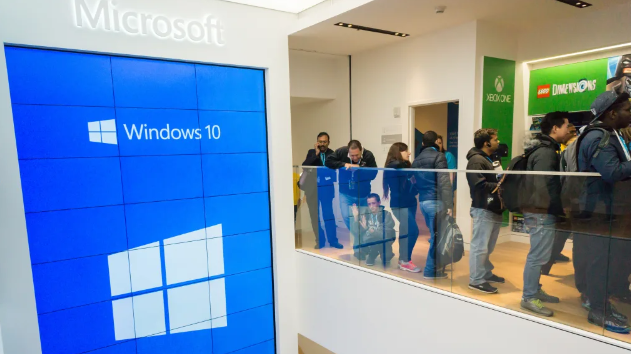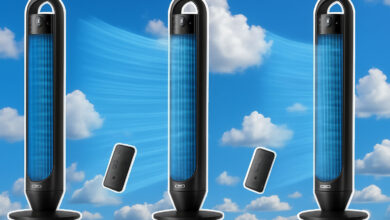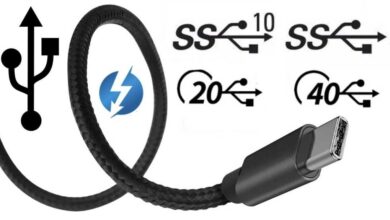How Microsoft Plans to Profit from Your Company’s Aging Windows 10 PCs

Microsoft has unveiled strategies to generate revenue from older Windows 10 computers as more businesses continue using them past their prime. With Windows 10 nearing its end-of-life support in October 2025, Microsoft is setting up pathways to monetize these outdated systems while encouraging upgrades.
Key to this strategy is the promotion of cloud services and extended support plans. Businesses that opt to keep using Windows 10 after official support ends will face increased cybersecurity risks. To mitigate these, Microsoft offers Extended Security Updates (ESU), a paid service providing critical patches and protection. This option allows companies to maintain operations on familiar software while addressing security vulnerabilities.
Additionally, Microsoft is leveraging its cloud-based solutions, such as Microsoft 365 and Azure Virtual Desktop, as an incentive for businesses to transition to subscription models. These platforms provide greater compatibility and smoother integration with older systems, enticing companies to shift their computing power to the cloud while retaining legacy software. This move generates ongoing revenue for Microsoft as businesses pay for subscriptions that extend the life and utility of their older machines.
This dual strategy helps Microsoft maintain steady income streams as organizations delay complete hardware overhauls. It also underscores the increasing focus on cloud-driven services and subscriptions, representing a shift from the traditional one-time software purchase model.
Experts suggest that while the ESU option offers immediate relief, companies will need to weigh long-term costs and benefits. Sticking to outdated systems, even with added support, might become more expensive over time than investing in newer technology aligned with future-proof strategies.





